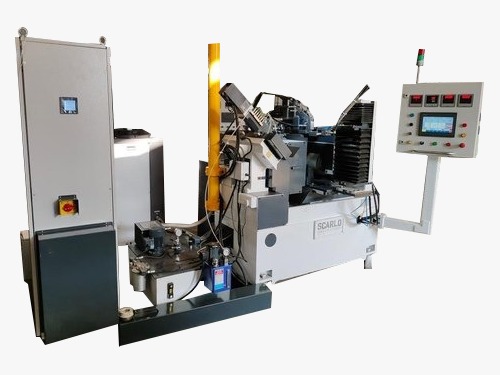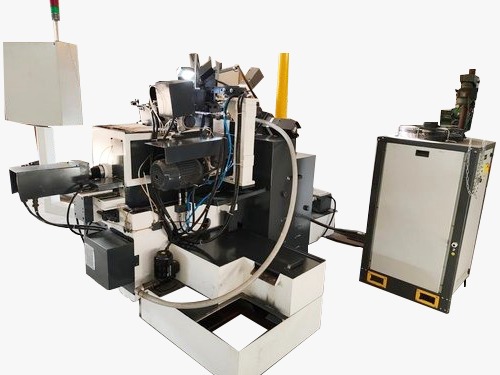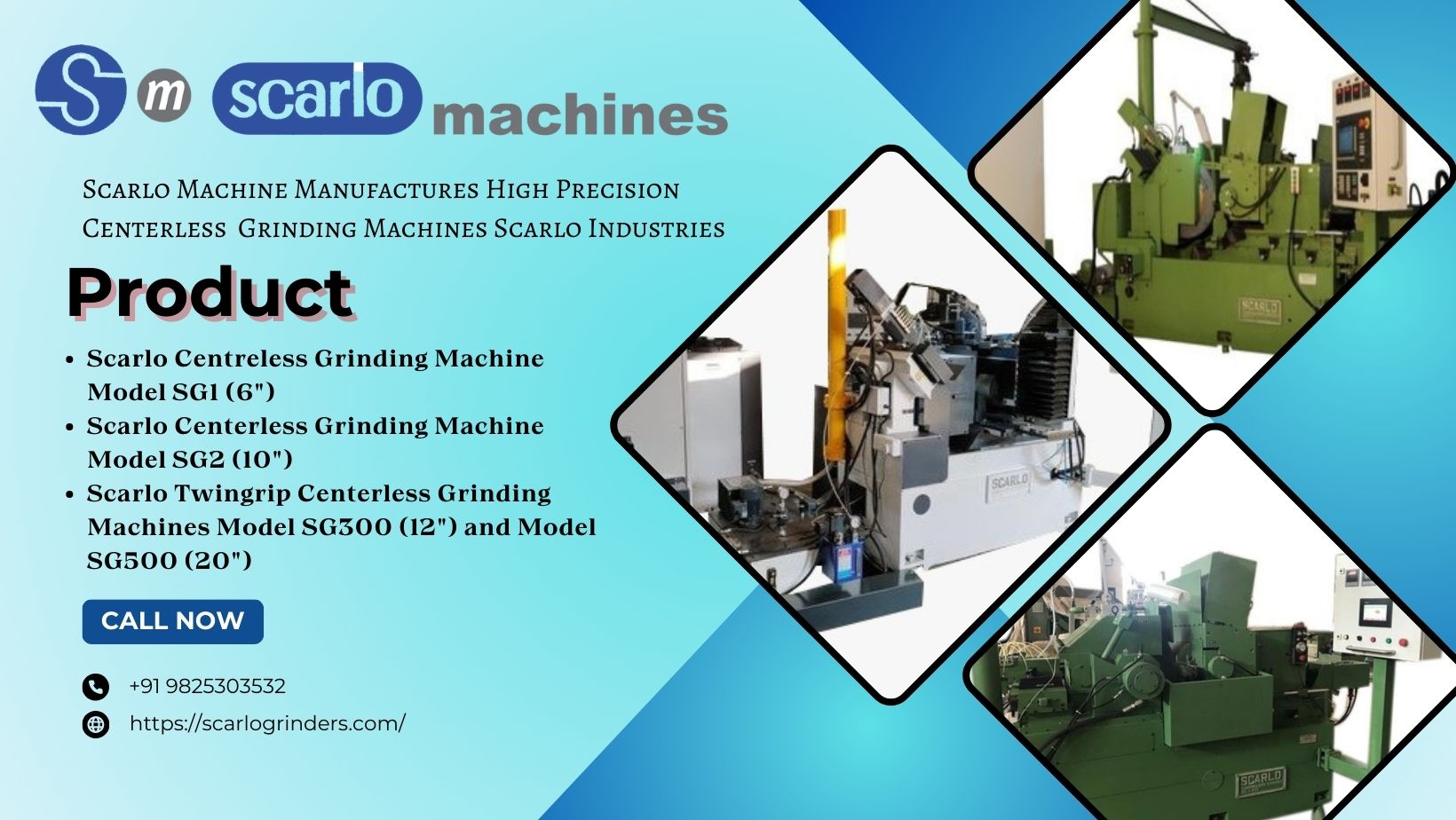


Centerless Grinding Machine Unit

Centerless Grinding Machine Unit
Overview:
A Centerless Grinding Machine Unit is a precision tool used for removing material from a workpiece without the need for centers to support the workpiece. Instead, it relies on a regulating wheel and a grinding wheel to hold and grind the material continuously. It is widely used in manufacturing industries for high-accuracy, high-volume cylindrical part grinding.
Applications:
-
Automotive Industry: Precision grinding of crankshafts, camshafts, pins, and bushings.
-
Aerospace Components: Surface finishing of aircraft parts with tight tolerances.
-
Tool Manufacturing: Production of cutting tools, drills, and spindles.
-
Bearing Industry: Grinding of bearing races, rollers, and rods.
-
Hydraulic & Pneumatic Cylinders: Smooth finishing for shafts and tubes.
-
Medical Devices: Grinding stainless steel rods and surgical instruments.
Key Features:
-
No Center Requirement: Ideal for parts where traditional chucking is not possible
-
High Precision: Delivers tight tolerances and fine surface finishes
-
Continuous Operation: Perfect for high-volume, automated production lines
-
Minimal Setup Time: Faster changeover between different parts
-
Consistent Output: Uniform grinding quality over long production cycles
-
Compact Design: Efficient space utilization in manufacturing setups
-
Ease of Integration: Compatible with robotic handling and automation systems
-
Energy Efficient: Designed for lower power consumption and reduced waste
Material Usage:
-
Metals:
-
Stainless Steel: Shafts, rods, surgical tools
-
Aluminum & Brass: Precision lightweight components
-
-
Ceramics: High-strength and heat-resistant parts
-
Tungsten Carbide: Tooling components requiring extreme hardness
-
Titanium: Aerospace and medical-grade parts
-
Plastic & Composite Materials: Non-metallic components for specialized applications
Conclusion:
Centerless Grinding Machine Units are indispensable for industries requiring precision and efficiency in cylindrical component production. Their ability to deliver consistent, high-quality finishes without traditional center holding makes them an ideal choice for modern manufacturing setups. With high-speed operations, minimal maintenance, and material versatility, they optimize productivity and product quality.
FAQs:
Q1: What is the main advantage of centerless grinding over traditional grinding?
A: It does not require the workpiece to be mounted between centers, allowing faster and continuous processing.
Q2: Can centerless grinding handle complex shapes?
A: It is ideal for cylindrical parts. For complex geometries, other grinding techniques may be more suitable.
Q3: Is it suitable for small-diameter components?
A: Yes, especially effective for small, slender parts that are difficult to support by centers.
Q4: Does it require frequent adjustments?
A: No, once setup is complete, it offers consistent performance with minimal intervention.
Q5: Can it be used in automated systems?
A: Absolutely. It is widely used in CNC and robotic production environments.
Tags:
Filter Using Product Tags



